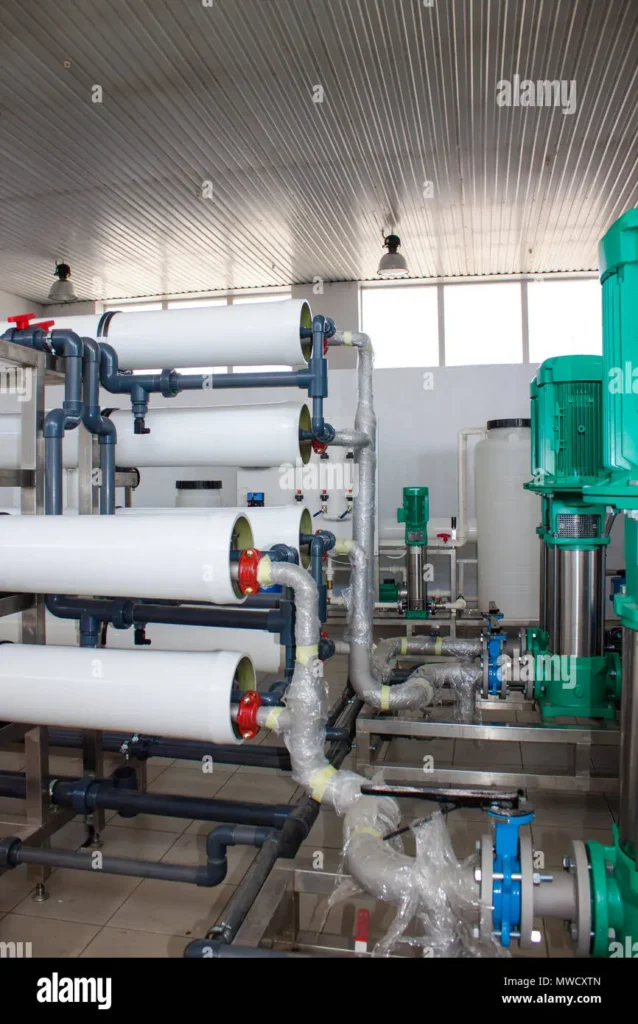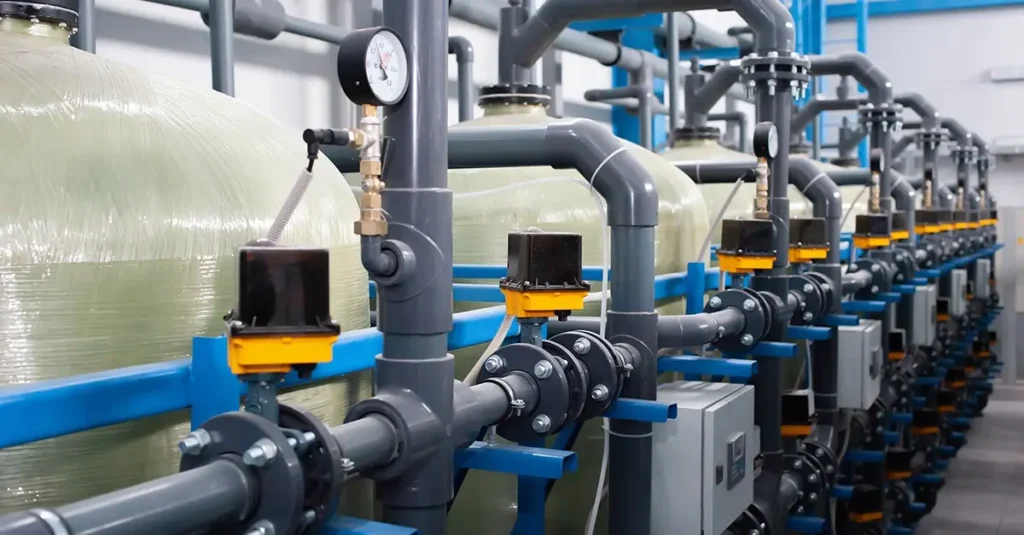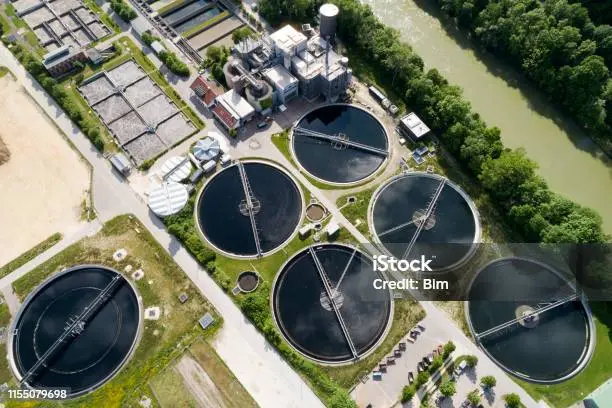Advancements in Water Filtration Technologies to Combat Contamination: Water is essential for life, and having access to clean, safe water is critical to health, agriculture, and industry. Yet, water contamination remains a significant challenge globally. The contamination of water sources by chemicals, heavy metals, bacteria, viruses, and other pollutants can have devastating impacts on human health and the environment. Fortunately, advancements in water filtration technologies are making it possible to combat these contaminants more effectively than ever before.
In this comprehensive guide, we’ll explore the latest developments in water filtration technologies, how they work, and their applications. This article aims to provide a deep understanding of these technologies while focusing on their potential to improve access to safe drinking water.
Advancements in Water Filtration Technologies to Combat Contamination

The Global Water Contamination Problem
Water contamination is a widespread issue affecting countries around the world. The United Nations estimates that nearly 2.2 billion people lack access to safely managed drinking water. Contaminants enter water sources through industrial waste, agricultural runoff, improper waste disposal, and natural processes such as the leaching of minerals into groundwater.
For example:
- Heavy metals like lead, arsenic, and mercury can contaminate water sources, leading to serious health problems.
- Pathogens, including bacteria and viruses, are responsible for waterborne diseases such as cholera, dysentery, and typhoid fever.
- Pesticides and chemicals used in agriculture can seep into rivers, lakes, and groundwater, making them toxic for consumption.
As these challenges persist, the development of advanced filtration technologies is key to ensuring that people have access to safe, clean water.
Basic Principles of Water Filtration
Water filtration works by removing contaminants and unwanted particles from water. Traditional methods of water filtration often involve physical, chemical, and biological processes.
- Physical filtration: Uses barriers (like filters) to remove particles and pathogens from water.
- Chemical filtration: Involves chemical reactions that neutralize or remove pollutants.
- Biological filtration: Uses natural organisms or materials (like sand or activated carbon) to break down harmful substances.
These basic filtration techniques form the foundation for modern advancements in water filtration technologies.
Key Contaminants in Water
Understanding the types of contaminants found in water is crucial to developing appropriate filtration methods. Some of the most common contaminants include:
- Pathogens: Bacteria (E. coli), viruses, and protozoa.
- Chemical pollutants: Pesticides, fertilizers, and industrial chemicals.
- Heavy metals: Lead, arsenic, mercury, and cadmium.
- Microplastics: Tiny plastic particles found in oceans, rivers, and even drinking water.
- Pharmaceuticals and personal care products (PPCPs): These include antibiotics, painkillers, and cosmetic residues that end up in wastewater.
Different filtration technologies are designed to target specific types of contaminants, improving the overall quality of water.
Traditional Water Filtration Methods
Before diving into advanced technologies, it’s essential to understand traditional filtration methods that have been used for decades:
- Sand Filtration: A simple, cost-effective way of filtering water, typically used in large-scale water treatment plants. Water passes through layers of sand, which trap particles and microorganisms.
- Activated Carbon: This method uses activated carbon to adsorb organic compounds and chemicals like chlorine. It’s highly effective in improving the taste and smell of water but may not remove all pathogens or heavy metals.
- Chlorination: Commonly used in municipal water treatment, chlorination involves adding chlorine to kill harmful pathogens. However, chlorine by-products can pose health risks if not carefully managed.
- Boiling: A household-level method for disinfecting water, boiling kills most pathogens but does not remove chemicals or heavy metals.
While effective in certain circumstances, these methods often fall short in removing modern contaminants, such as microplastics or pharmaceuticals, which is where advancements in filtration technologies come in.
Advancements in Water Filtration Technologies
Over the past few decades, there has been significant progress in the development of water filtration technologies aimed at addressing a wider range of contaminants more effectively and efficiently. These technologies are playing a vital role in improving global access to safe water.

Nanofiltration
Nanofiltration is an advanced filtration process that uses membranes with extremely small pores, capable of filtering particles as small as one nanometer (one-billionth of a meter). This method is highly effective in removing:
- Dissolved salts
- Viruses
- Organic molecules
Compared to traditional filtration methods, nanofiltration can remove much smaller contaminants, making it ideal for treating water that contains harmful pathogens and chemicals.
Reverse Osmosis (RO) Improvements
Reverse osmosis is widely regarded as one of the most effective water filtration methods available. It works by pushing water through a semipermeable membrane, which filters out a vast range of contaminants, including:
- Heavy metals
- Pathogens
- Chemical pollutants
Recent advancements have made RO systems more energy-efficient, reducing the high energy consumption traditionally associated with this technology. Modern RO systems are also being integrated with post-treatment stages, such as UV light or activated carbon, to ensure a more comprehensive filtration process.
UV-C Light Disinfection
Ultraviolet-C (UV-C) light is an innovative technology that uses high-energy UV light to inactivate pathogens by damaging their DNA. This method is gaining popularity due to its ability to disinfect water without adding harmful chemicals. UV-C technology is particularly effective against:
- Viruses
- Bacteria
- Protozoa
Unlike chlorination, UV-C disinfection doesn’t leave chemical residues, making it a safe option for both drinking water and wastewater treatment.
Membrane Filtration
Membrane filtration uses synthetic membranes with pores small enough to filter out contaminants at the molecular level. Technologies like microfiltration, ultrafiltration, and nanofiltration fall into this category. Membrane filtration has proven to be an effective method for removing:
- Suspended solids
- Microorganisms
- Turbidity
These membranes are increasingly being used in industrial settings and municipal water treatment plants, where high water quality is required.
Biofiltration
Biofiltration is an eco-friendly filtration technology that uses natural biological processes to remove contaminants. In biofilters, water passes through a biological medium (like sand or gravel), where microorganisms degrade organic matter and break down harmful substances.
Biofiltration is particularly effective for treating wastewater and is commonly used in constructed wetlands to naturally purify water.

Advanced Oxidation Processes (AOPs)
Advanced Oxidation Processes (AOPs) use powerful oxidants (like ozone or hydrogen peroxide) to break down contaminants that are difficult to remove with traditional methods. AOPs are particularly effective for eliminating:
- Pesticides
- Pharmaceuticals
- Volatile organic compounds (VOCs)
This technology is becoming increasingly important as more contaminants, especially pharmaceuticals, are found in both surface water and groundwater.
Smart and IoT-Enabled Water Filtration
With the rise of smart technology and the Internet of Things (IoT), water filtration systems are becoming more advanced and user-friendly. Smart filtration systems can monitor water quality in real-time and automatically adjust the filtration process to optimize performance. Some of the key features of smart water filters include:
- Real-time water quality monitoring
- Automatic filter replacement notifications
- Integration with smart home systems
- Remote control through mobile apps
These technologies are not only improving the efficiency of water filtration but also making it more convenient for users.
People also search Stages of Adoption of Technology’ Scale
Desalination: Solving the Freshwater Crisis
With freshwater scarcity becoming a critical issue in many parts of the world, desalination is emerging as a viable solution. Desalination is the process of removing salt and other minerals from seawater to produce freshwater.
- Reverse osmosis desalination: The most common method, where saltwater is forced through a semipermeable membrane.
- Thermal desalination: Involves heating saltwater and then collecting the evaporated freshwater.
Recent advancements have made desalination more cost-effective and energy-efficient, allowing for its widespread use in arid regions and coastal cities. Countries like Israel and Saudi Arabia have invested heavily in desalination technology to meet their freshwater demands.
Sustainability and Water Filtration
As we develop new technologies, sustainability must remain a key focus. Many traditional water treatment methods, such as reverse osmosis, are energy-intensive and produce waste by-products. However, newer technologies are being designed with sustainability in mind.
- Solar-powered water filtration systems: These use renewable energy to power filtration processes, making them ideal for off-grid or rural areas.
- Low-waste filtration systems: Modern systems aim to reduce the amount of wastewater produced during filtration, improving overall efficiency.
By focusing on sustainable solutions, we can ensure that advancements in water filtration not only improve access to clean water but also minimize environmental impact.
The Future of Water Filtration
The future of water filtration is exciting, with many promising innovations on the horizon. Researchers are currently working on graphene-based filters, which are expected to be highly efficient at removing even the smallest contaminants while requiring less energy than traditional methods. Additionally, synthetic biology and genetically engineered microbes could revolutionize biological filtration, making it more efficient at breaking down pollutants.
As technology advances, we can expect water filtration systems to become more accessible, affordable, and effective, helping to solve one of the world’s most pressing challenges—access to clean water.
Conclusion
The ongoing advancements in water filtration technologies are providing new solutions to combat contamination and ensure access to safe drinking water. From cutting-edge nanofiltration to smart IoT-enabled systems, these innovations are helping to address the complex and evolving challenge of water contamination. As we move forward, continued investment in research and development will be key to making these technologies more sustainable and accessible to communities around the world.




